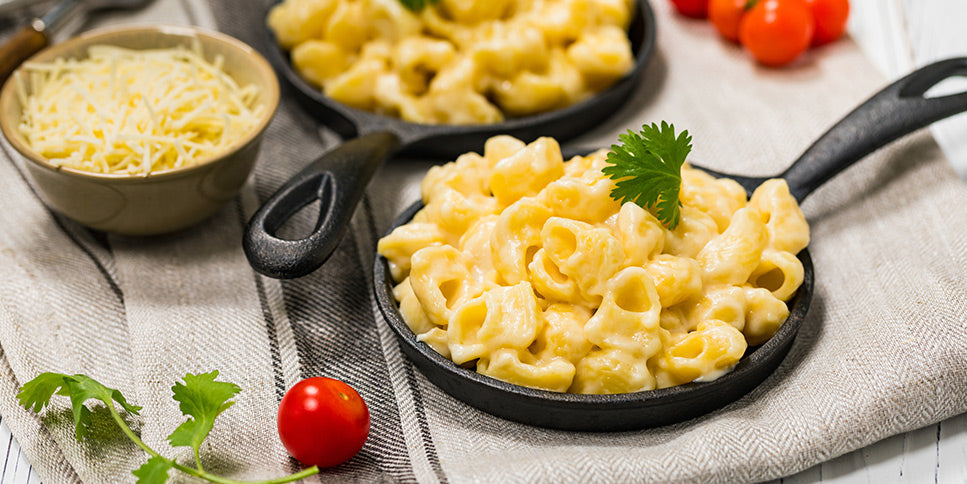Heart disease is a serious issue that affects many people. It is currently one of the leading causes of death and is particularly problematic for men, who are diagnosed with heart disease on average ten years earlier than women and are twice as likely to suffer from a heart attack. There are three pillars to consider when reducing heart disease risk, most of them won’t surprise you:
There are three pillars to consider when reducing heart disease risk, most of them won’t surprise you:
- Reducing Smoking/Alcohol Use
- Being Physically Active
- Eating A Strong Diet
Explore America's #1 Selling Weight Loss Supplements
As a registered dietitian, number four is where I come in.
Food has a massive role to play in reducing heart disease risk because the biggest contributors to that risk such as high blood pressure, high blood cholesterol and high blood sugar are all massively influenced by dietary selections.
These are real issues that affect a significant amount of adults,
In today’s post, I’m going to teach you how to fight back with food.
Let’s get to the good stuff.
The Three Food Pillars To Support a Heart Healthy Diet
Pillar 1 – Blood Pressure
High blood pressure is very common, particularly men, consume too much sodium in their diet.
The other issue?
They also consume too little potassium, the mineral that works against sodium.
Here are some examples of foods in different families that have the most potassium per serving:
- Spinach
- Salmon
- Lima Beans
- Avocado
- Sweet Potato
- Bananas
- Tomatoes
Pillar 2 – Blood Cholesterol
High blood cholesterol is another common risk factor for heart disease for which one’s food choices play a massive role in managing.
Several years ago a prominent medical doctor from St Michael’s University in Toronto, David Jenkins, created a cholesterol lowering style of eating referred to as the “Portfolio Diet”.
It has been well documented to reduce cholesterol levels in multiple studies.
This style of eating focuses on three main components:
- Plant-Based Protein – Found in foods such as tofu, tempeh, edamame, soy milk and legumes like chickpeas, lentils, kidney beans and related foods.
- Tree-Nuts – Such as almonds, walnuts, pistachios and pecans (and their butters) all have contain unique types of dietary fat.
- Soluble-Fibre – This special type of dietary fibre found in oats, barley, okra, berries, kiwi, eggplant, zucchini, apples, brussel sprouts quinoa and oranges – among other foods.
Pillar 3 –Blood Sugar
Elevated blood sugar levels put an individual at an increased risk of heart disease and type 2 diabetes.
Many of the foods discussed in the previous two sections contribute positively to good blood sugar control because they are considered low glycemic index (GI), which means they do not cause big spikes in blood sugar levels – a good thing!
Following a style of eating that is generally low GI can be very helpful, there are two primary ways you can do this.
1. Switching High GI Options To Low GI Options- Switching from white rice to brown rice, barley or quinoa
- Switching from white breads, crackers, bagels to 100% whole grain versions
- Switching from instant oatmeal or standard cereals to Steel cut Oatmeal and all-bran based cereals
- Switching from standard baked russet potatoes to sweet potato and squash.
I appreciate there is one major limitation to the advice provided in section 1, which is the fact that some of your favourite foods may be in the “swap” category.
There’s good news here, you can actually reduce the glycemic effect of a higher GI food by combining it with a lower GI option.
For example, you can mix white rice or white potatoes in with legumes (lentils,chickpeas, etc).
You can also add nuts or seeds to cereal, instant oatmeal or even to homemade baked goods to help bring that value down as well.
And finally, adding vegetables to just about anything and everything is never a bad idea.
Final Thoughts
If you are able to incorporate the key messages from each pillar, you have the potential to greatly improve your overall health.
I hope you found today’s information helpful!
Until next time,
Andy De Santis RD MPH
Blogs You'll Love:
- How to Lose Weight the Fastest?
Our Most Read Content:
- Frequently Asked Hzydroxycut Q&A
- Is Hydroxycut Effective?
- Is Hydroxycut Safe?
- Does Hydroxycut Work?
- Wondering About Hydroxycut Side Effects?
Shop America's Best Selling Weight Loss Supplements
*The links used in this article are being provided as a convenience and for informational purposes only; they do not constitute an endorsement or an approval by Iovate Health Sciences International Inc. or any of its affiliates (“Iovate”) of any of the products, services or opinions of the corporation or organization or individual. Iovate bears no responsibility for the accuracy, legality or content of the external site or for that of subsequent links. Contact the external site for answers to questions regarding its content.


